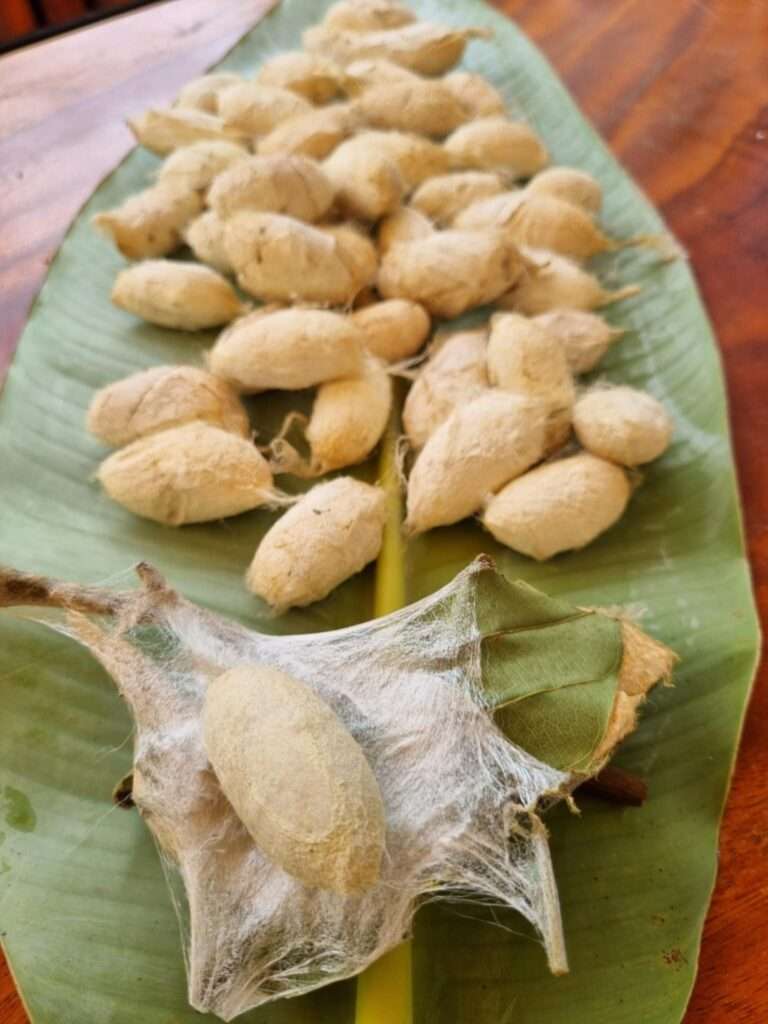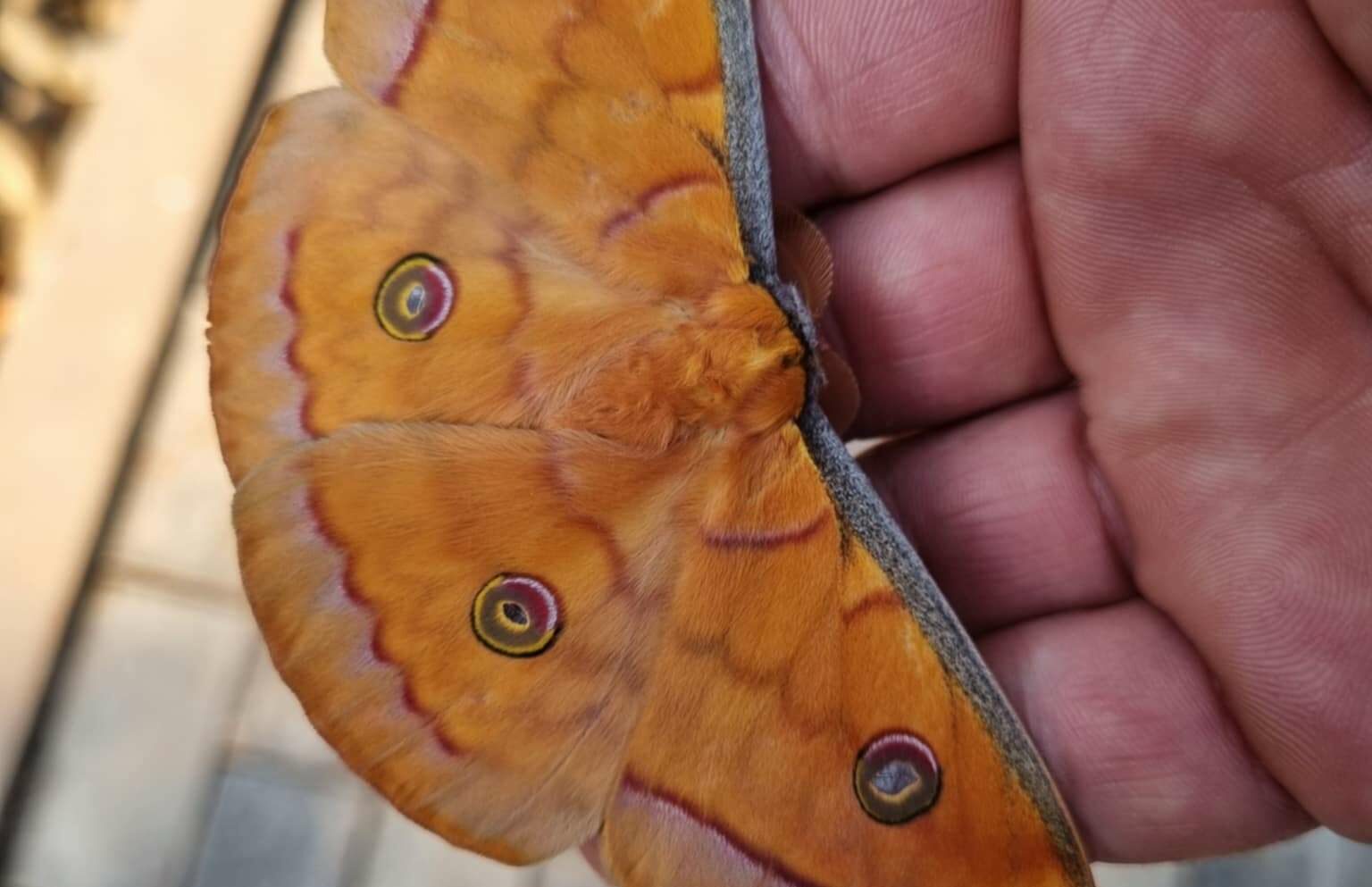In 2025, Pestlab launched the Siem Reap Giant Silk Moth Project to facilitate the reintroduction of giant silk moths in Siem Reap and fight against toxic and useless fogging. The objective is to reintroduce giant silk moths as they are the most visible creatures to support the project, whereas they are native species of Cambodia. Since these moths are extremely susceptible to insecticides, anyone who wants these unique creatures needs to switch their pest control to an eco-friendly way by banning insecticides. It is also a way for Pestlab Exterminator to support its clients by offering them a new experience for their guests.
Antheraea frithi silk moth needs to feed on trees from the dipterocarp species (including Dipterocarpus alatus, known as Cheuteal in Khmer, and Shorea siamensis, also known as Buddha birth tree in Cambodia. If you have these trees on your land, you can breed them and get silk cocoons.


Attacus Atlas is the largest moth in Asia. The females lay their eggs on Santol (wild mangosteen) trees, and their caterpillars feed on their leaves. If you have the tree at your place, you can breed these incredible creatures. The first release occurred at Navutu Dreams & Wellness Resort in May 2025.
To keep these moths alive, you should stop any fumigation against mosquitoes on your land and take eco-friendly mosquito traps instead.


